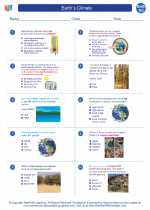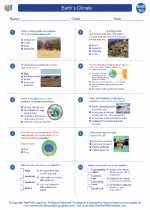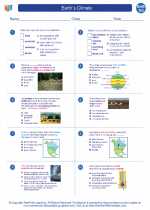Mushrooms: An Overview
Mushrooms are a type of fungi that belong to the kingdom Fungi. They are widely distributed and play an important role in the environment as decomposers. Mushrooms come in a variety of shapes, sizes, and colors, and can be found in many different habitats around the world. Some mushrooms are edible and are used in cooking, while others are poisonous and should not be consumed.
Structure of a Mushroom
A typical mushroom consists of a cap, a stalk, and gills on the underside of the cap. The cap is the top part of the mushroom and can vary in size, shape, and color. The stalk, also known as the stem, provides support for the cap and connects it to the mycelium, which is the main body of the fungus. The gills are thin, rib-like structures found on the underside of the cap, and they are responsible for producing and releasing spores.
Life Cycle of a Mushroom
The life cycle of a mushroom begins with the germination of spores, which then develop into thread-like structures called hyphae. The hyphae form a network known as mycelium, which grows underground or within its food source. When conditions are favorable, the mycelium produces a fruiting body, which is the visible part of the mushroom that we commonly recognize. This fruiting body releases spores, completing the life cycle.
Edible and Poisonous Mushrooms
There are thousands of species of mushrooms, and while some are safe for consumption and are prized for their culinary value, others can be highly toxic and even deadly if ingested. It is important to be able to accurately identify edible mushrooms and to never consume wild mushrooms unless you are certain of their safety. Many poisonous mushrooms closely resemble edible ones, making it essential to be cautious when foraging for mushrooms.
Ecological Importance of Mushrooms
Mushrooms play a crucial role in the environment as decomposers. They break down organic matter, such as dead plants and trees, and recycle nutrients back into the soil. Additionally, mushrooms form symbiotic relationships with the roots of plants, providing them with essential nutrients and receiving sugars in return. This mutually beneficial relationship, known as mycorrhizae, is important for the health and growth of many plant species.
Study Guide
- What kingdom do mushrooms belong to?
- Describe the structure of a typical mushroom.
- Explain the life cycle of a mushroom.
- Why is it important to accurately identify edible mushrooms?
- Discuss the ecological importance of mushrooms.
For further study, you can explore the different types of edible and poisonous mushrooms, the cultural significance of mushrooms in various cuisines, and the role of mushrooms in medicine and industry.
Remember to always exercise caution and consult with an expert before consuming any wild mushrooms.
[Mushrooms] Related Worksheets and Study Guides:
.◂Earth Science Worksheets and Study Guides High School. Earth`s Climate

 Worksheet/Answer key
Worksheet/Answer key
 Worksheet/Answer key
Worksheet/Answer key
 Vocabulary/Answer key
Vocabulary/Answer key
 Vocabulary/Answer key
Vocabulary/Answer key
 Vocabulary/Answer key
Vocabulary/Answer key
